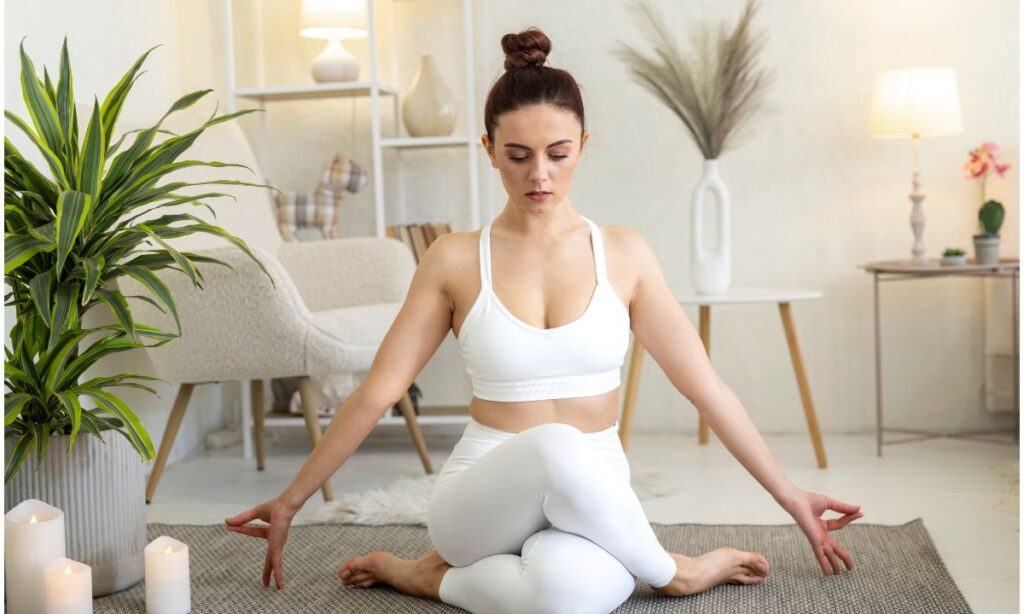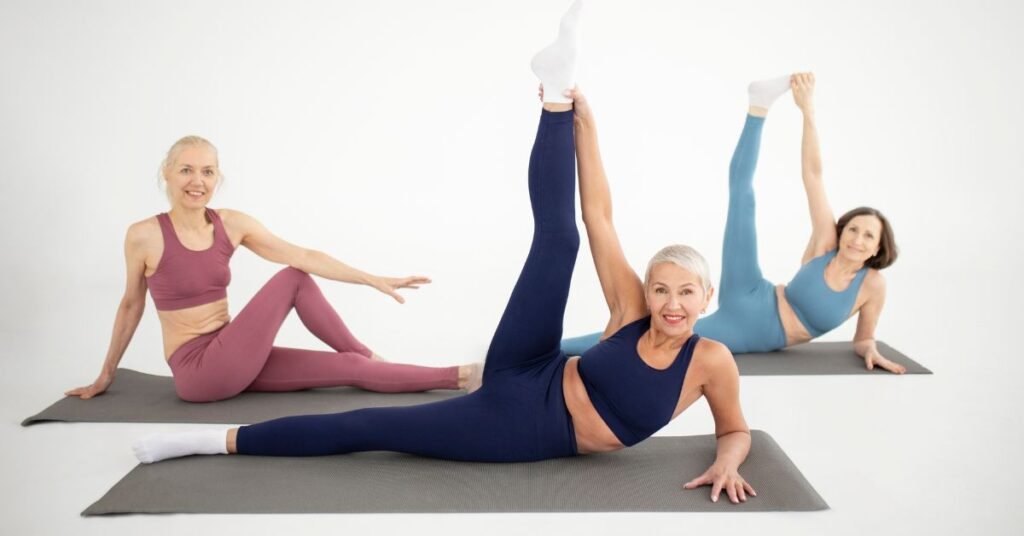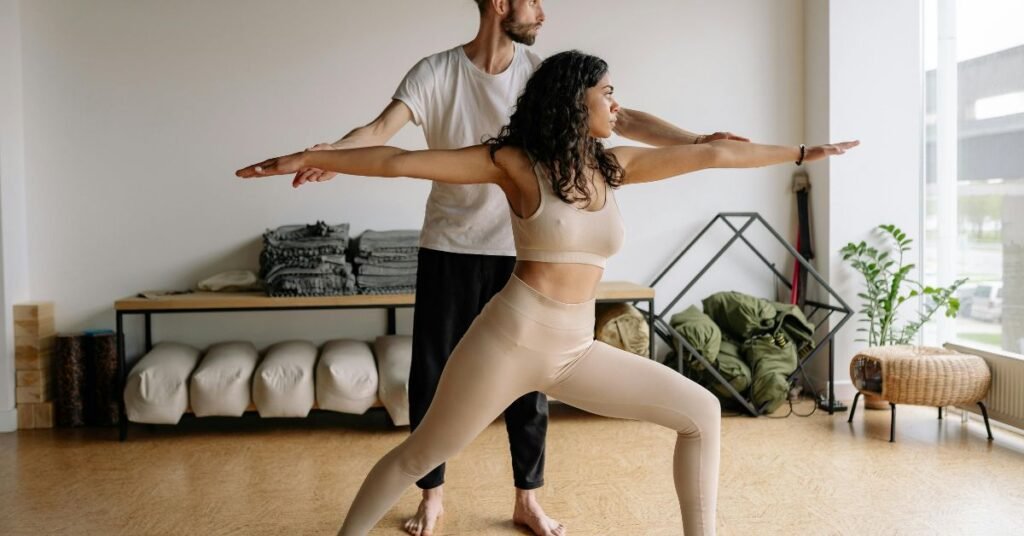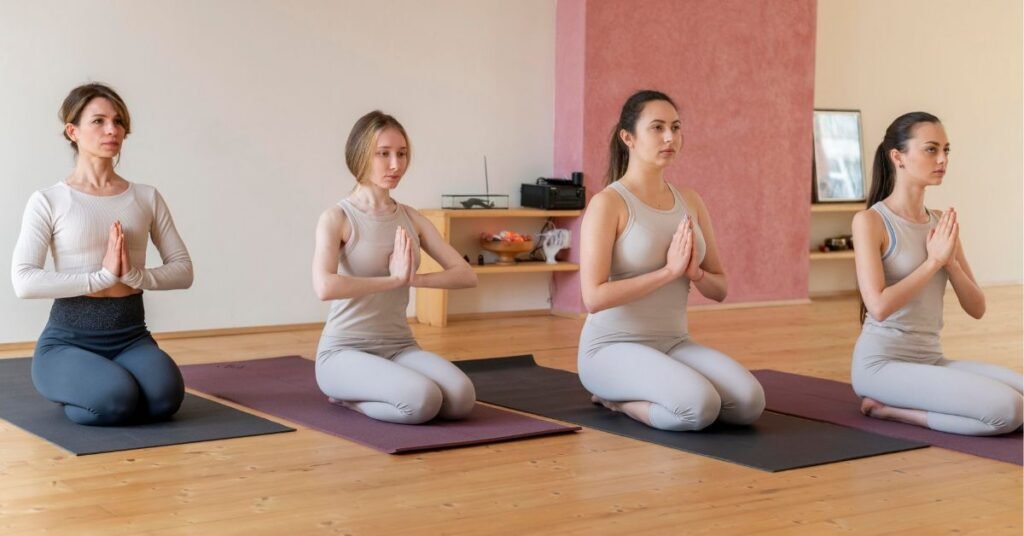Introduction
Life can feel overwhelming. With endless to-do lists, deadlines, and responsibilities, relaxation often takes a backseat. But what if you could unwind, release stress, and feel completely at ease with just a few simple yoga poses? That’s where Yin Yoga comes in.
Yin Yoga is a slow, meditative practice that focuses on deep stretches, mindful breathing, and ultimate relaxation. Unlike more intense yoga styles, Yin Yoga requires you to hold poses for several minutes, allowing your body and mind to fully relax.
In this post, I’ll walk you through a calming Yin Yoga sequence designed to melt away tension and leave you feeling deeply rested. Whether a beginner or an experienced yogi, this routine will help you find stillness and serenity.
Let’s dive in!
What is Yin Yoga, and Why is it So Relaxing?
Yin Yoga is a gentle, slow-paced style of yoga that targets the deep connective tissues of the body. Unlike Vinyasa or Power Yoga, Yin focuses on passive stretches held for 3-5 minutes or more.
Benefits of Yin Yoga:
- Encourages deep relaxation – Holding poses for longer periods signals your nervous system to relax.
- Increases flexibility – Gentle, prolonged stretches help improve mobility over time.
- Releases tension – Helps loosen tight muscles and fascia (connective tissue).
- Calms the mind – Slow breathing and mindfulness help reduce stress and anxiety.
- Promotes better sleep – A relaxed body and mind make it easier to fall and stay asleep.
Now, let’s start with a Yin Yoga sequence you can do anytime you need to unwind.
Readmore: Sleeping Swan Yoga Pose: Yin Yoga Bliss Explained
Readmore: One-Legged King Pigeon Pose (Eka Pada Rajakapotasana)
The Ultimate Yin Yoga Sequence for Relaxation
How to Prepare:
- Find a quiet, comfortable space.
- Use a yoga mat, blanket, or cushion for support.
- Wear loose, cozy clothing.
- Light candles or play soft music to set a peaceful mood.
Important: Move slowly and listen to your body. Yin Yoga should never be painful. If a pose feels too intense, use props like pillows or blocks for support.
1. Child’s Pose (Balasana) – 3-5 minutes
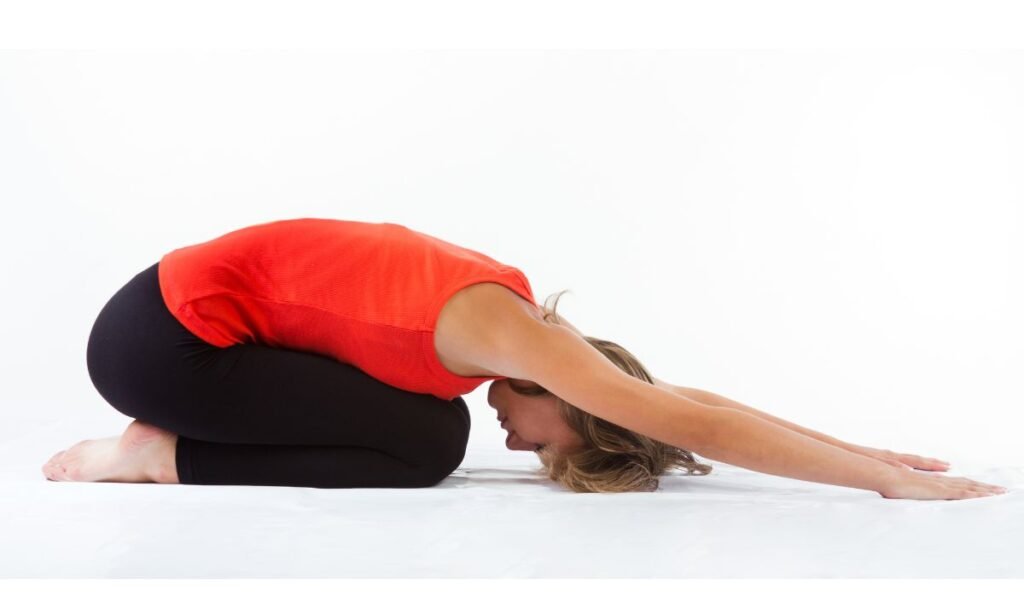
Why? This gentle pose soothes the nervous system and stretches the lower back and hips.
How to do it:
- Kneel on your mat and bring your big toes together.
- Sit back on your heels and fold forward, stretching your arms out in front.
- Rest your forehead on the mat and take deep breaths.
Modification: Place a pillow under your chest or forehead for extra comfort.
2. Butterfly Pose (Baddha Konasana) – 3-5 minutes
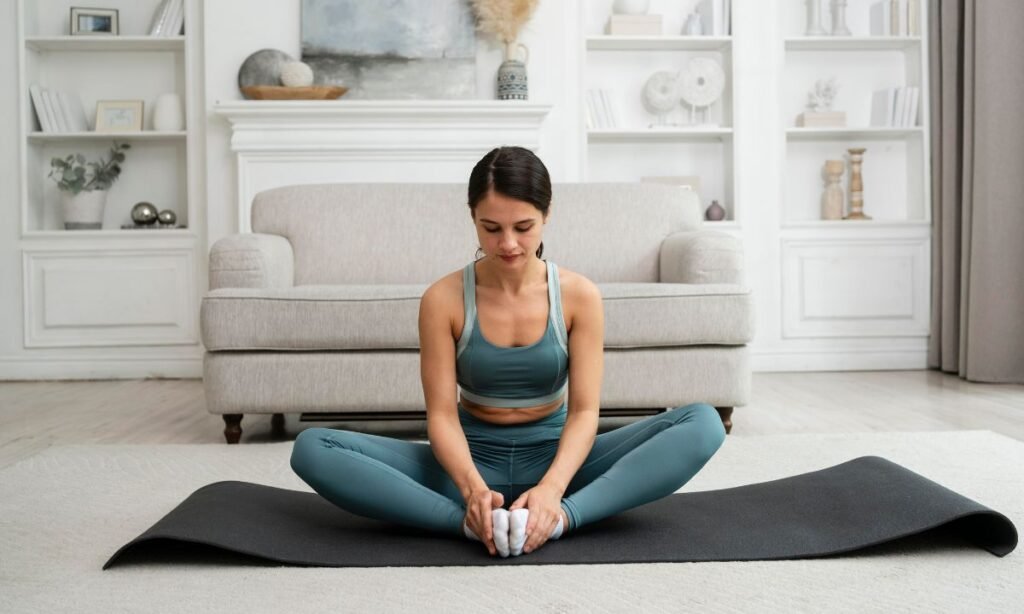
Why? Opens up the hips and inner thighs while promoting relaxation.
How to do it:
- Sit with the soles of your feet together and your knees falling outward.
- Let gravity pull your knees down without forcing them.
- Fold forward slightly and relax your upper body.
Modification: Place pillows under your knees if they feel too tight.
3. Seated Forward Fold (Paschimottanasana) – 3-5 minutes
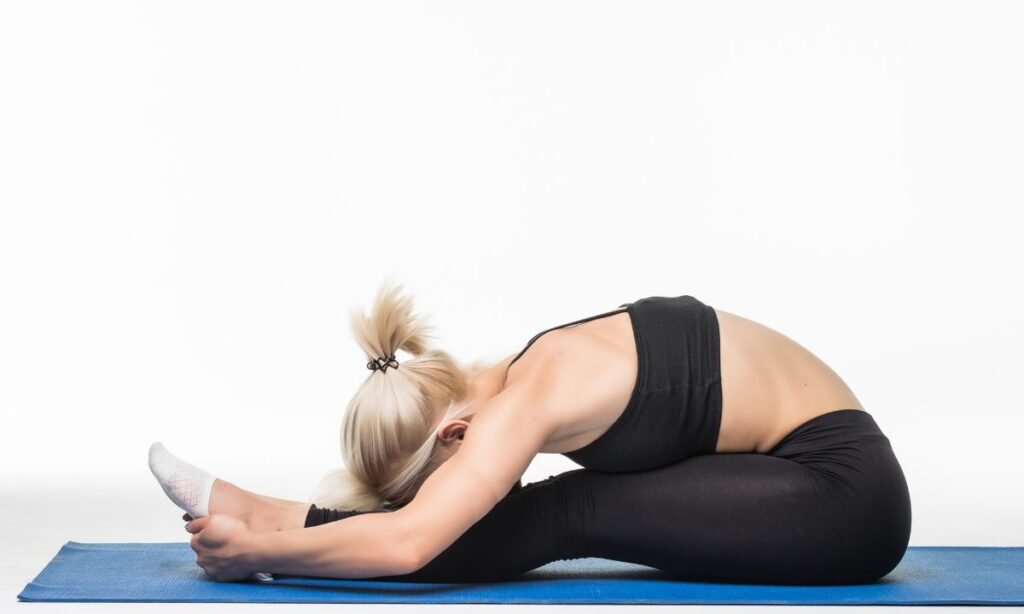
Why? A great pose to calm the mind and gently stretch the back and legs.
How to do it:
- Sit with your legs extended straight.
- Hinge at the hips and reach toward your feet.
- Let your head and arms relax over your legs.
Modification: Use a bolster or pillows under your chest for extra support.
4. Reclined Twist – 3-5 minutes (each side)
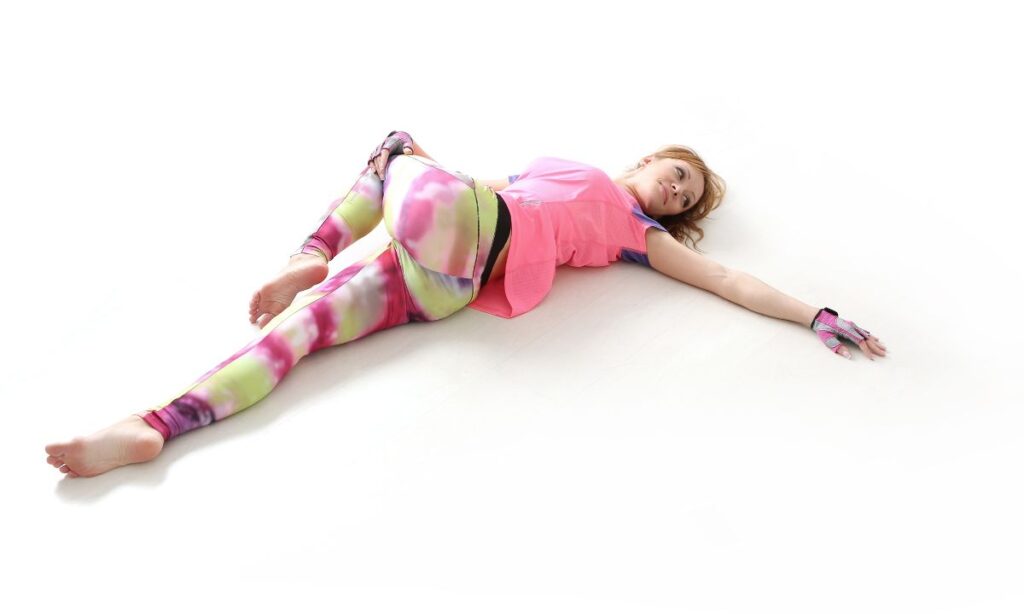
Why? This pose relieves spinal tension and aids digestion.
How to do it:
- Lie on your back and hug your knees to your chest.
- Drop your knees to one side while keeping your shoulders grounded.
- Stretch your arms out and gaze in the opposite direction.
Modification: Place a pillow under your knees for support.
Readmore: Restorative Yoga: Healing Your Body and Mind
Readmore: Beginner’s Guide to Kundalini Yoga
5. Legs Up the Wall (Viparita Karani) – 5-10 minutes
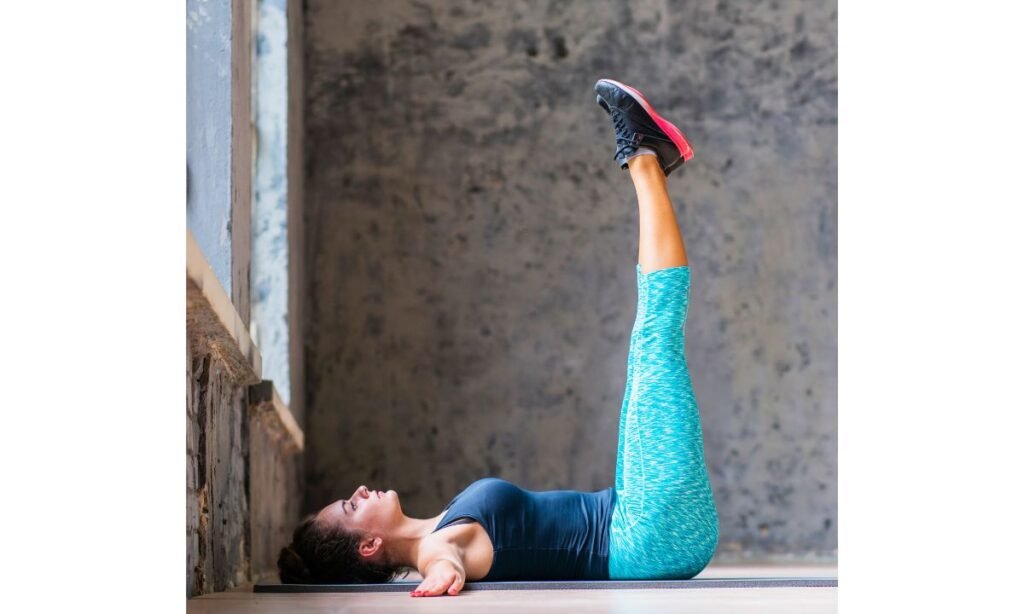
Why? Reduces stress, soothes tired legs, and promotes deep relaxation.
How to do it:
- Sit sideways next to a wall.
- Swing your legs up and rest them against the wall.
- Keep your arms relaxed by your sides.
Modification: Place a folded blanket under your hips for extra comfort.
6. Savasana (Corpse Pose) – 5-10 minutes
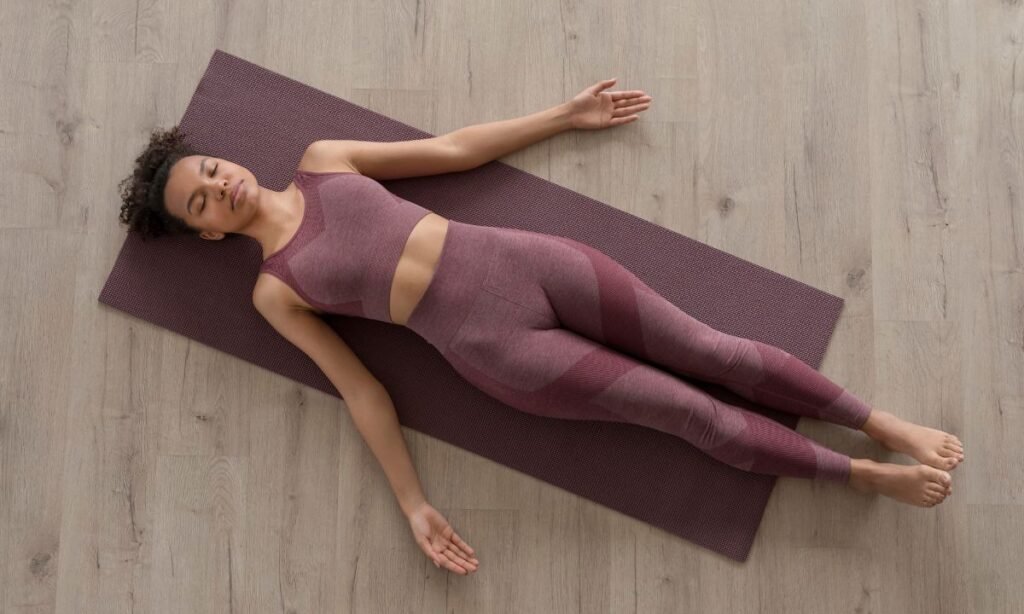
Why? The ultimate relaxation pose, Savasana calms the nervous system and integrates all the benefits of your practice.
How to do it:
- Lie flat on your back with your legs and arms relaxed.
- Close your eyes and focus on your breath.
- Let go of any tension and enjoy stillness.
Modification: Cover yourself with a blanket or place a pillow under your knees for extra support.
Tips to Deepen Your Relaxation
- Breathe deeply – Inhale through your nose, exhale slowly.
- Use props – Cushions, blankets, and bolsters can enhance comfort.
- Stay present – Focus on your breath and the sensations in your body.
- Let go of expectations – Relaxation isn’t about “doing” but about “being.”
FAQs
Q1. Is Yin Yoga good for beginners?
Yes! Yin Yoga is perfect for beginners because it’s slow, gentle, and allows plenty of time to ease into each pose.
Q2. How often should I practice Yin Yoga?
You can practice Yin Yoga daily or a few times a week. Even just 15-30 minutes can bring noticeable benefits.
Q3. Can I do Yin Yoga before bed?
Absolutely! Yin Yoga is great for winding down in the evening and improving sleep quality.
Q4. What should I do if a pose feels uncomfortable?
Use props like pillows or blocks, or modify the pose to suit your body. Yin Yoga should never feel painful.
Q5. How long should I hold each pose?
Most Yin Yoga poses are held for 3-5 minutes, but you can adjust based on your comfort level.
Readmore: Power Yoga vs. Traditional Yoga
Readmore: Exploring Different Types of Yoga
Final Thoughts
Yin Yoga is a powerful tool for relaxation. By practicing this gentle sequence regularly, you’ll experience less stress, improved sleep, and a greater sense of calm.
Try this sequence before bed, after a long day, or anytime you need a break from life’s chaos. Your body and mind will thank you!
Have you tried Yin Yoga before? Let me know in the comments below!

Sonu is a passionate yoga teacher with over 6+ years of experience helping individuals find balance, strength, and inner peace through the transformative power of yoga. As the creator of Pure Yoga Vibes, Sonu shares expert insights, inspiring practices, and a wealth of knowledge to support your wellness journey. Dedicated to creating a space for growth and mindfulness, Sonu’s mission is to make yoga accessible and enjoyable for everyone. For inquiries or collaborations, feel free to reach out at contact@pureyogavibes.com.
